Grand Canyon, Sunset Crater, Wapatki, Petrified Forest & More
Arizona is home to a diverse array of national parks, forests, and monuments, each offering unique natural beauty and historical significance. From the awe-inspiring Grand Canyon to the ancient ruins of Wupatki National Monument, and the volcanic landscape of Sunset Crater, Arizona’s protected areas provide countless opportunities for exploration and adventure. These natural and historical treasures showcase the state’s rich cultural heritage and stunning landscapes, making it a must-visit destination for outdoor enthusiasts and history buffs alike.
The Same
Combining both the Dinks and The Family’s experiences we have covered many but not all of them. Both thought Flagstaff, AZ was a perfect hub for their National Parks adventure. Whether hiking in the Grand Canyon, or exploring ancient ruins, both groups found plenty to discover and enjoy in northern Arizona.
Grand Canyon
The Grand Canyon stands as a breathtaking testament to the Earth’s geological history, a majestic chasm that showcases millions of years of natural artistry. The Grand Canyon was carved over millions of years by the Colorado River, which continues to flow through its depths today. The canyon’s colorful layers of rock reveal a geological history spanning millions of years, with each layer representing a different era of Earth’s history.
Visitors to the Grand Canyon can enjoy stunning panoramic views from numerous scenic viewpoints along the rim. There are trails for all levels and even a shuttle bus loops for those not looking to hike. Grand Canyon National Park is home to several visitor centers and museums that provide information about the canyon’s natural and cultural history. leaern more about our favorite experiences:
Get the full details on the Family’s visit at AffordableFamilyTravel.com.
Sunset Crater
If you can’t make it to Hawaii’s volcano national park, Sunset Crater offers a captivating alternative. This volcanic landscape vividly illustrates past geological upheavals. Formed around 900 years ago by multiple eruptions, Sunset Crater is one of the youngest volcanic formations in the contiguous United States, characterized by layers of ash, cinders, and volcanic rock that shaped its unique cone-shaped crater.
- Hiking the Lava Flow Trail: One of the most popular activities at Sunset Crater is hiking the Lava Flow Trail. This easy, one-mile loop takes you through the remnants of ancient lava flows and offers stunning views of the volcanic landscape.
- Exploring the Bonito Lava Flow: For those interested in more rugged terrain, the Bonito Lava Flow offers a fascinating glimpse into the aftermath of the volcanic eruption that occurred around 1085 AD. The jagged, black lava rocks create a stark and dramatic contrast to the surrounding forested areas.
- Sunset Crater Volcano Rim Trail: While hiking to the rim of the volcano itself is not permitted to preserve the delicate environment, the nearby trails offer spectacular views of the crater.
- Visitor Center and Interpretive Programs: The Sunset Crater Volcano Visitor Center is an excellent starting point for your visit. Here, you can learn about the region’s volcanic history through exhibits, films, and interactive displays. Park rangers also offer guided walks and talks that delve deeper into the geology and ecology of the area.
- Scenic Drives: If hiking isn’t your preference, the Loop Road offers a scenic drive through the park and neighboring Wupatki National Monument. This 35-mile loop provides breathtaking views of the volcanic landscape, red rock formations, and the Painted Desert.
Wapatki National Monument
Located in the heart of Northern Arizona, Wupatki National Monument is a captivating destination that offers a unique blend of ancient history, stunning desert landscapes, and cultural significance. It’s basically connected to Sunset crater so it’s easy to combined them in a single morning or afternoon.
Wupatki National Monument preserves a collection of ancient Puebloan ruins, including multi-room dwellings, kivas (ceremonial structures), and ball courts, which were built and inhabited by Native American cultures over 800 years ago.
- Exploring Ancient Ruins: The centerpiece of Wupatki National Monument is its collection of ancient Puebloan ruins. These structures, built from the red sandstone of the surrounding area, date back to the 12th century. The Wupatki Pueblo, the largest ruin within the monument, is a stunning example of ancestral Puebloan architecture. With over 100 rooms, a community room, and a ceremonial ballcourt, this ancient dwelling offers a glimpse into the lives and social structures of the people who once called this place home.
- Visitor Center and Interpretive Exhibits: Start your visit at the Wupatki National Monument Visitor Center. Here, you’ll find informative exhibits that provide context about the ancient inhabitants, their culture, and the natural environment.
- Guided Tours and Ranger Programs: To fully appreciate the history and significance of Wupatki, consider joining a guided tour or attending a ranger-led program.
- Hiking Trails: Wupatki National Monument features several short trails that lead you through the ancient ruins and surrounding landscapes. The Wupatki Pueblo Trail is a short, easy walk that takes you directly to the main ruin. The Box Canyon Ruins Trail and Lomaki Pueblo Trail offer additional opportunities to explore smaller, less crowded ruins, providing a more intimate experience with the ancient architecture.
- Wildlife Viewing: Despite its arid environment, Wupatki National Monument is home to a surprising variety of wildlife. Keep an eye out for pronghorns, jackrabbits, and a variety of bird species as you explore the area. The diverse habitats within the monument support a rich array of flora and fauna, providing excellent opportunities for wildlife photography and observation.
Petrified Forest
The Petrified Forest unveils a prehistoric world frozen in time, with its ancient trees turned into vibrant, sparkling stone. Spoiler Alert: It’s not actually a living forest. The park is renowned for its extensive deposits of petrified wood, which formed over 200 million years ago during the Late Triassic Period. Fallen trees were buried by sediment and volcanic ash, which over time, mineralized into colorful quartz crystals, preserving the wood’s organic structure. The result is a stunning display of fossilized logs, stumps, and fragments scattered throughout the park.
The Petrified Forest encompasses a portion of the Painted Desert, a vast and otherworldly landscape characterized by its striking array of colorful sedimentary rock layers. The desert’s hues range from vibrant reds and oranges to soft pastels, creating a mesmerizing tapestry of color that stretches as far as the eye can see. It is usually ranked at the top of the most pet-friendly parks which was perfect for the Dinks who had brought their pup along for the adventure.
Our trips, The DINKS and The Family’s, actually overlapped here and we were able to spend time together in the park.
- Scenic Drives: Visitors can explore the park’s diverse landscapes via a network of scenic drives, including the 28-mile (45 km) Petrified Forest Loop Road and the 28-mile (45 km) Painted Desert Rim Road. These routes offer panoramic vistas of the park’s iconic landmarks, including petrified wood formations, eroded badlands, and towering mesas.
- Hiking Trails: The Petrified Forest National Park features a variety of hiking trails that allow visitors to immerse themselves in the park’s natural beauty and explore its unique geological formations. Popular trails include the Blue Mesa Trail, which descends into a colorful badlands canyon, and the Crystal Forest Trail, which showcases a concentration of petrified wood specimens.
- Archaeological Sites: In addition to its geological wonders, the park is home to numerous archaeological sites that offer insights into the area’s human history. Ancient petroglyphs, pueblo ruins, and cultural artifacts provide evidence of human occupation dating back thousands of years, including the ancestral Puebloan and indigenous Hopi cultures.
- Visitor Center: The park’s visitor center serves as the starting point for exploration and offers exhibits, displays, and educational programs that provide information about the park’s geology, ecology, and cultural history. Visitors can learn about the process of petrification, the plants and animals that inhabit the area, and the efforts to preserve and protect the park’s resources.
The DINKs
We spent an entire week in Flagstaff and still didn’t cover everything. We probably added a little more adventure to our trip then the Family.
Walnut Canyon
Walnut Canyon offers a glimpse into the lives of ancient inhabitants, with its cliff dwellings and rugged landscapes telling stories of human resilience. Walnut Canyon is home to a collection of ancient cliff dwellings built by the Sinagua people over 700 years ago.
Personally I would gladly be the women bring water up the steep cliffs over the men who had to hunt with nothing but carved arrows but lets all agree we are happy to live in modern times.
- Cliff Dwellings: These remarkable structures were constructed within the limestone cliffs of the canyon walls, providing shelter and protection for the indigenous inhabitants. Visitors can explore these well-preserved dwellings and imagine what life was like for the people who once lived here.
- Island Trail: The Island Trail is a scenic hiking trail that winds along the rim of Walnut Canyon and descends into the depths of the canyon, providing access to the ancient cliff dwellings below. The trail is approximately 1 mile (round trip) and offers stunning views of the canyon’s rugged cliffs, lush vegetation, and diverse wildlife. Along the way, hikers can explore the cliff dwellings up close and learn about the history and culture of the Sinagua people through interpretive signs and exhibits. Pets are not allowed on this trail.
- Visitor Center: The Walnut Canyon Visitor Center serves as the gateway to the monument and offers exhibits, displays, and educational programs that provide information about the area’s natural and cultural history. Visitors can learn about the geology of the canyon, the flora and fauna that inhabit the area, and the archaeological discoveries made at Walnut Canyon. As always, a quick stop in can provide a ton of useful information.
The Family
The Hubbell Trading Post National Historic Site
The Hubbell Trading Post National Historic Site encapsulates the spirit of trade and cultural exchange that shaped the American Southwest, offering a window into the past through its well-preserved trading post and artifacts. Established in 1878 by John Lorenzo Hubbell, the trading post served as a vital hub for trade between the Navajo people and Anglo settlers. It played a significant role in the economic and cultural exchange between the two groups, serving as a place where Navajo artisans traded their handmade goods for supplies such as food, tools, and textiles.
- Historic Buildings: The site features a collection of well-preserved historic buildings, including the original trading post, Hubbell’s residence, a bunkhouse, and various outbuildings. These structures provide a glimpse into daily life at the trading post during the late 19th and early 20th centuries and showcase traditional adobe architecture and Navajo craftsmanship.
- The visitor center at the Hubbell Trading Post National Historic Site features museum exhibits that explore the history of the trading post, the Navajo people, and the impact of trade on their culture and way of life. Exhibits may include artifacts, photographs, and interpretive displays that offer insights into the complex relationship between traders and Native American communities. It’s about an hour outside Flagstaff but near Winslow, AZ so worth a day trip out.
Montezuma Castle National Monument
Montezuma Castle National Monument offers a rich tapestry of cultural and natural history, providing visitors with opportunities to learn about the ancestral cultures of the region, including the Sinagua and Yavapai tribes. Interpretive programs and ranger-led tours explore topics such as ancient architecture, traditional lifeways, and the ecological importance of the area’s riparian habitats.
- Ancient Cliff Dwelling: Montezuma Castle is a five-story, 20-room cliff dwelling built into a limestone cliff approximately 100 feet above the ground. It was constructed by the Sinagua people over 800 years ago, between approximately 1100 and 1425 CE. The dwelling’s impressive construction and preservation make it one of the most iconic archaeological sites in the American Southwest.
- Visitor Center: The monument features a visitor center where visitors can learn about the history and significance of Montezuma Castle through exhibits, displays, and interpretive programs. The center offers insights into the lives of the Sinagua people who inhabited the area and the cultural and environmental factors that influenced their way of life.
- Montezuma Well: In addition to Montezuma Castle, the monument includes Montezuma Well, a natural limestone sinkhole that served as a reliable water source for the Sinagua people. Visitors can explore the well’s unique ecosystem, including its natural springs, wetlands, and archaeological sites. A short trail leads to viewpoints overlooking the well and provides insights into its geological and cultural significance.
Summary
Exploring Arizona’s national parks offered both the DINKs and the Family unique perspectives on the state’s rich natural and cultural heritage. While both ventured through iconic sites like the Grand Canyon, Sunset Crater, Wupatki National Monument, and Petrified Forest, the DINKs added a visit to the historic Walnut Canyon, marveling at ancient cliff dwellings. In contrast, the Family immersed themselves in the cultural exchange at the Hubbell Trading Post National Historic Site and delved into the ancient ruins at Montezuma Castle National Monument. Each experience provided a glimpse into Arizona’s diverse landscapes and deep-rooted history, leaving both groups with lasting memories of the Southwest’s natural wonders and cultural treasures.
Flagstaff, Arizona
For more information and to compare the experiences of The Dinks and The Family check out our blog on Two Different Takes on Flagstaff, Arizona.


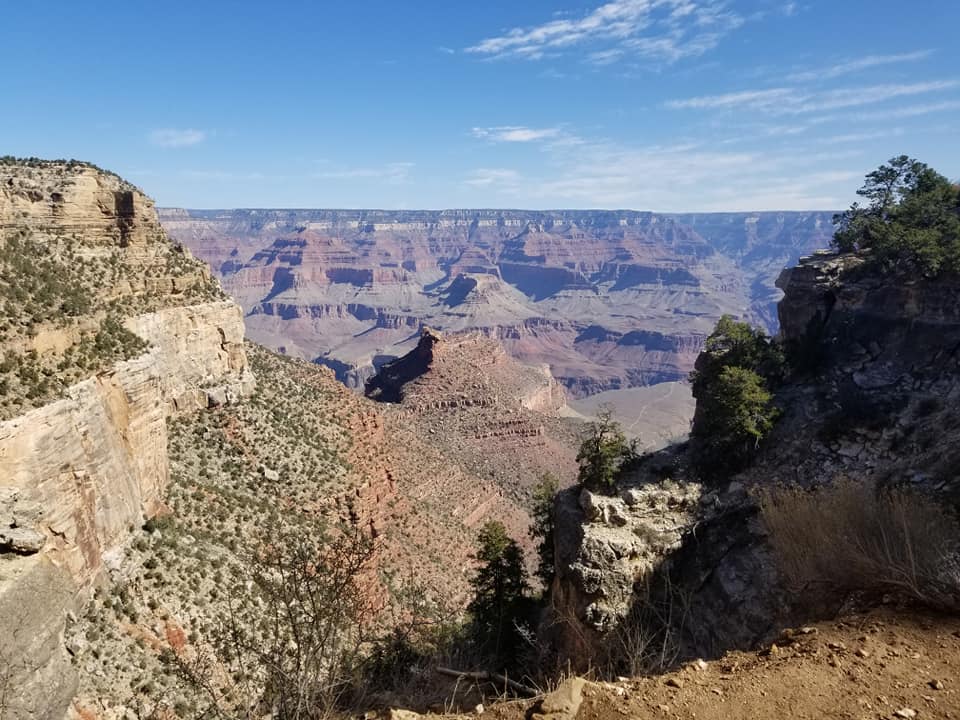



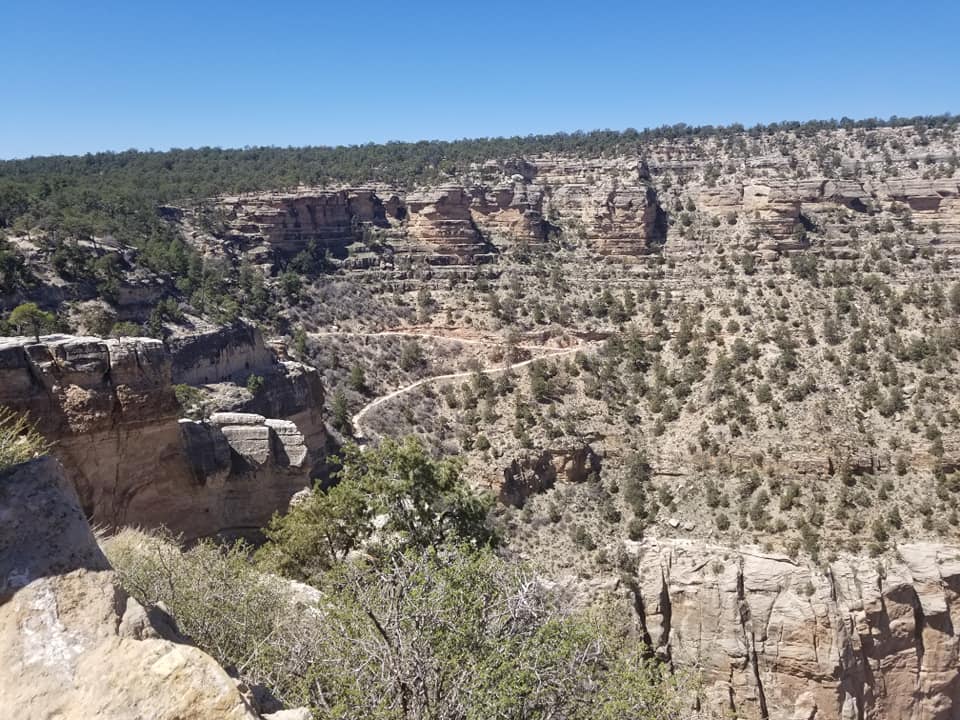

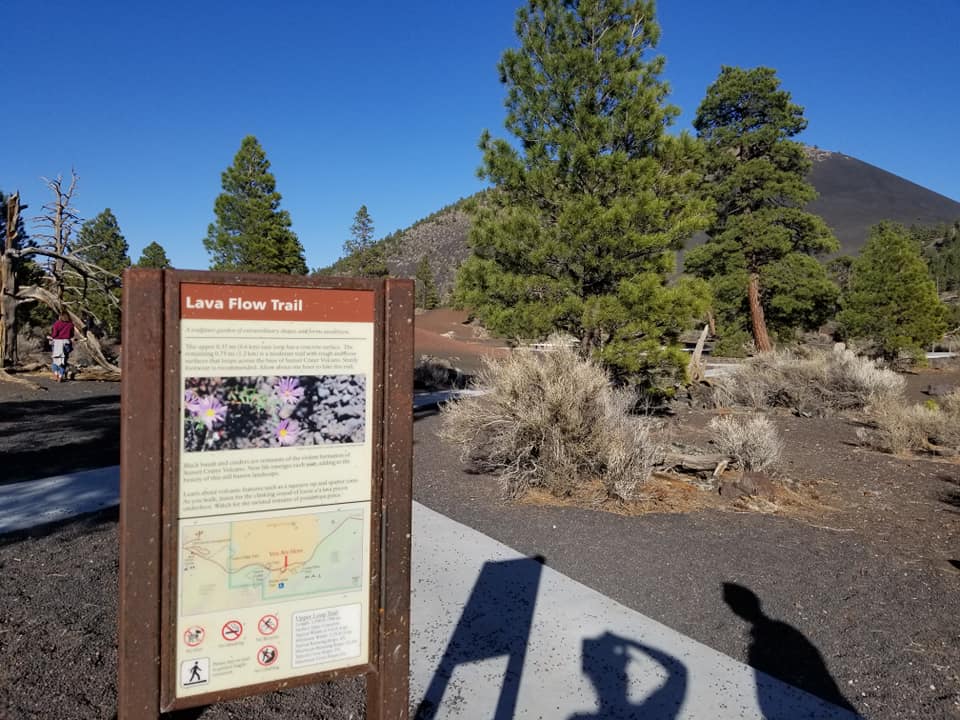


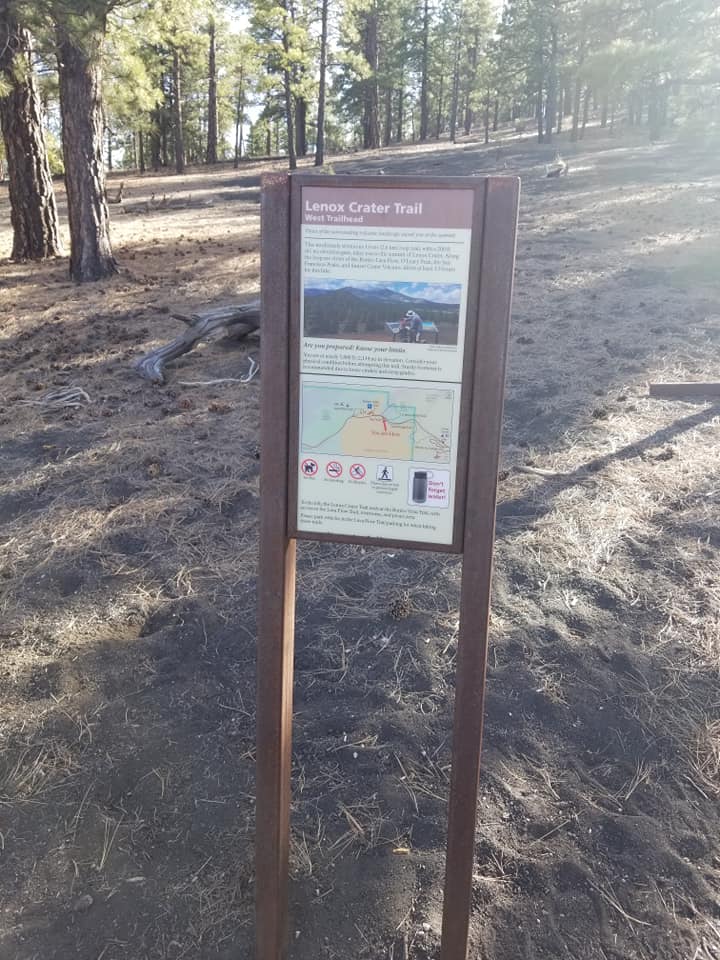


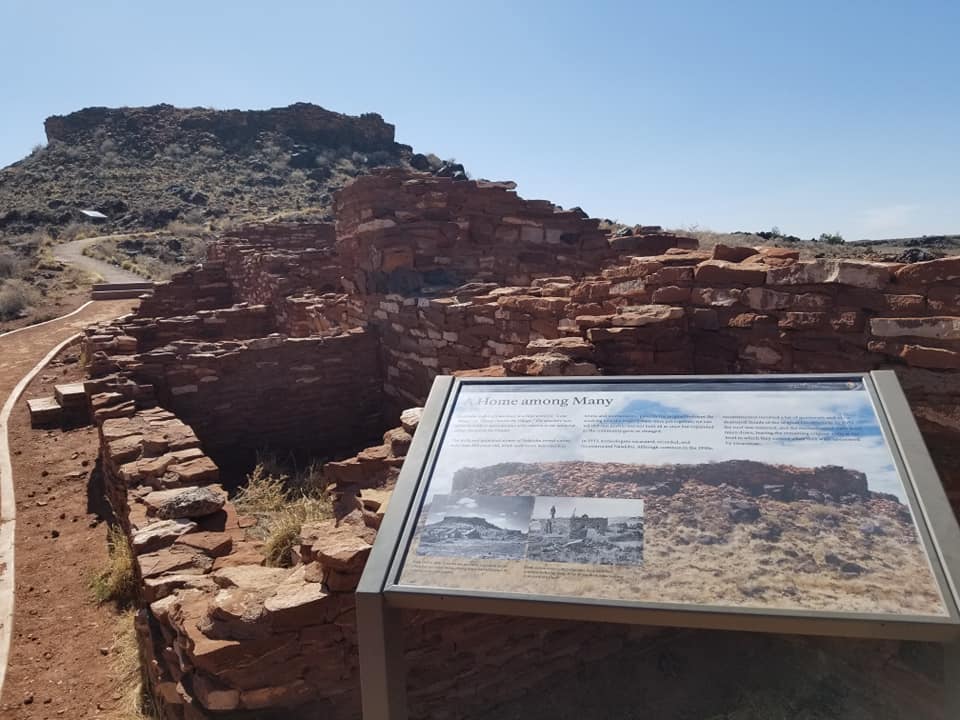
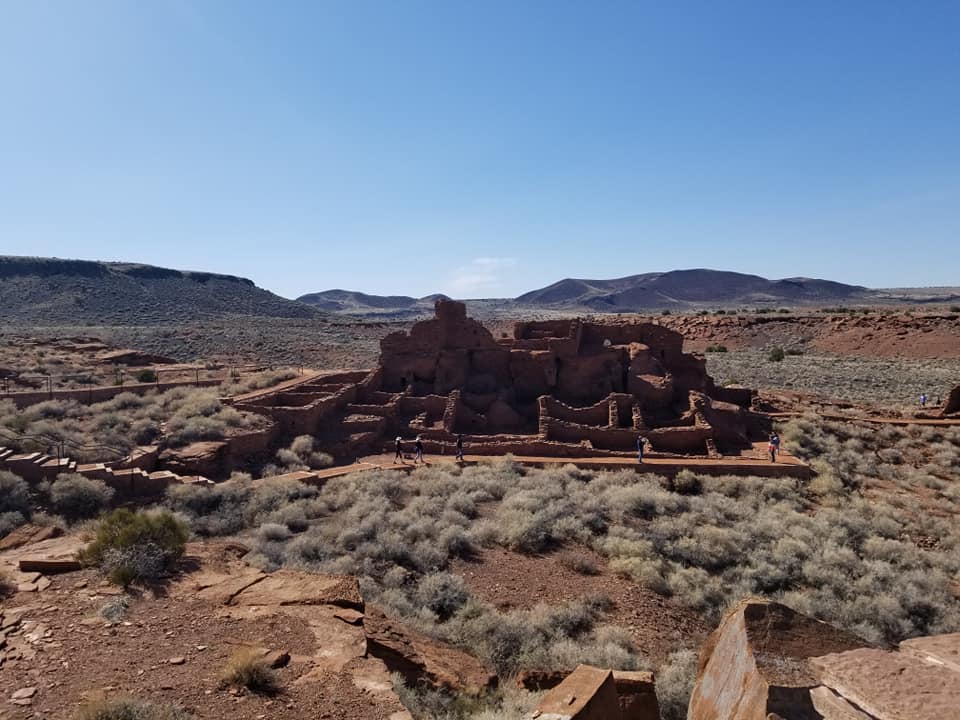
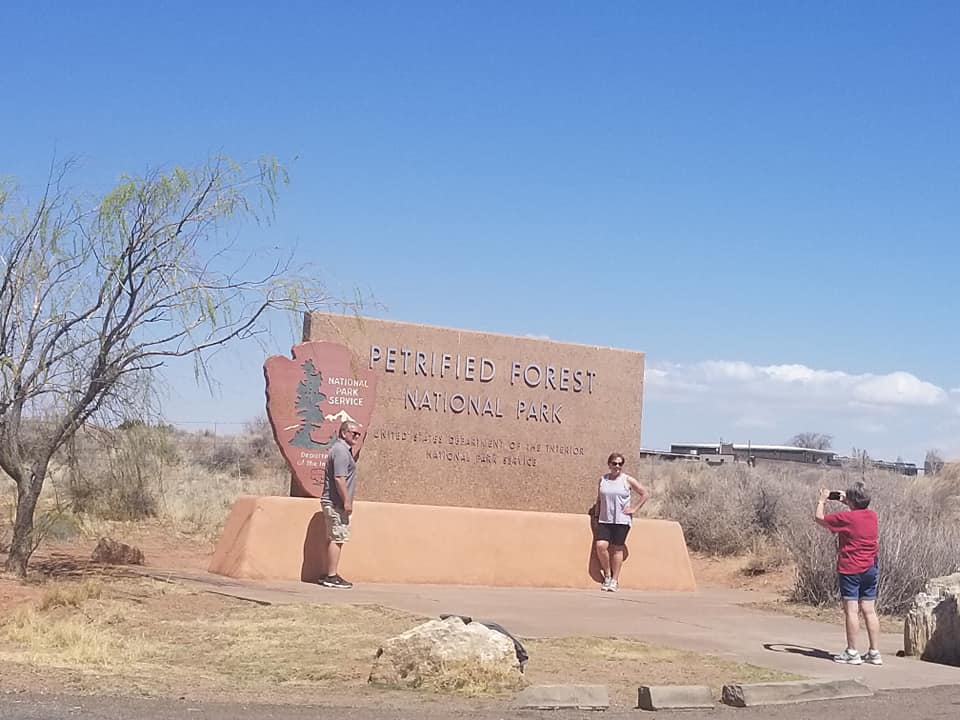
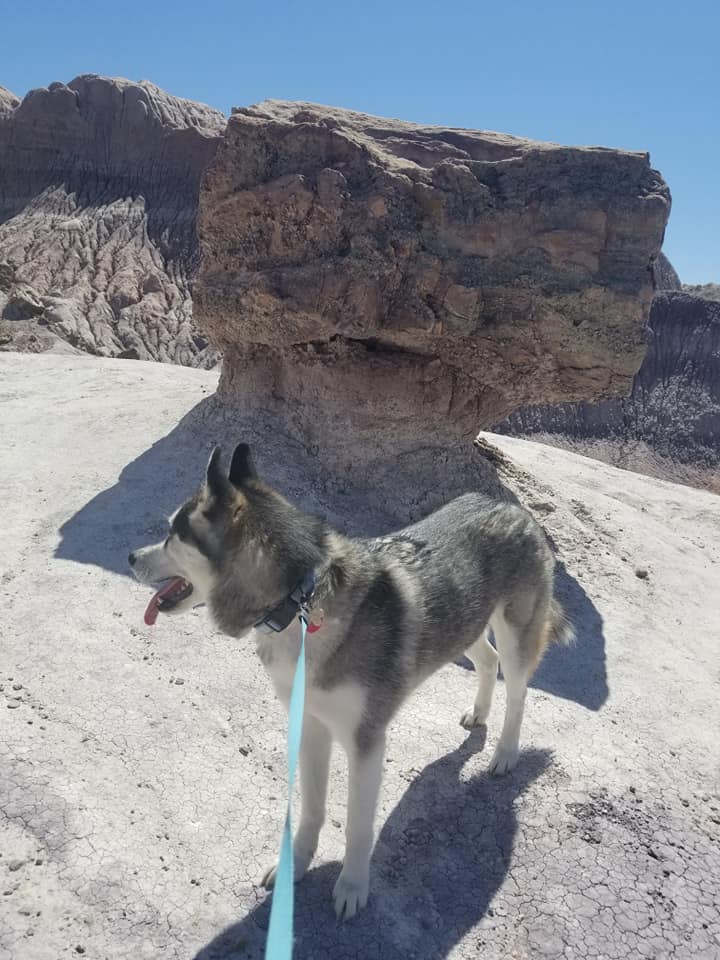
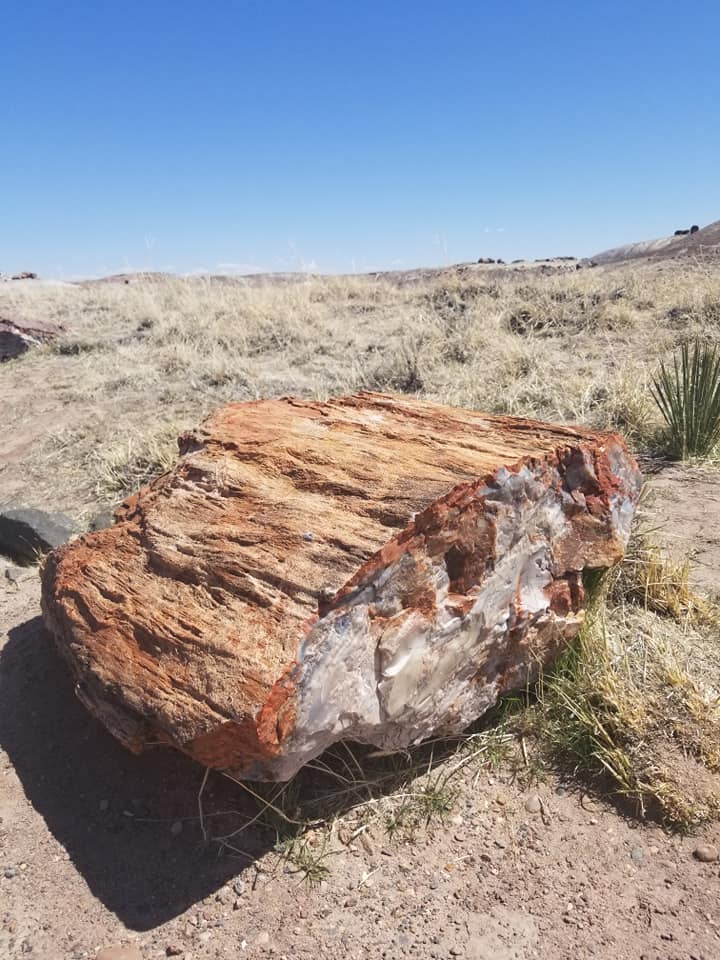
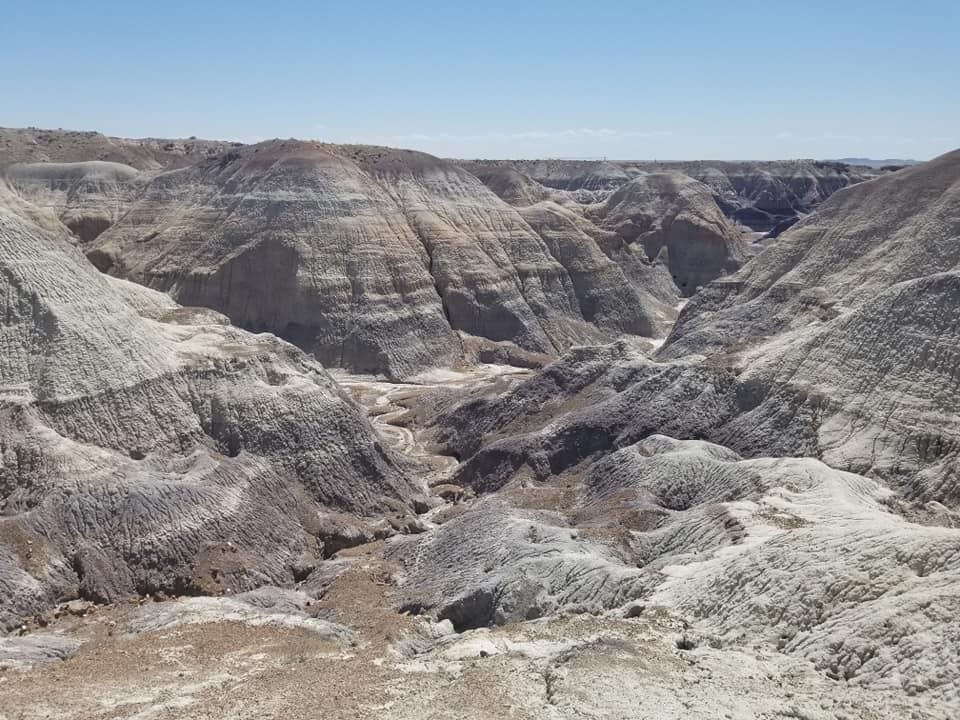




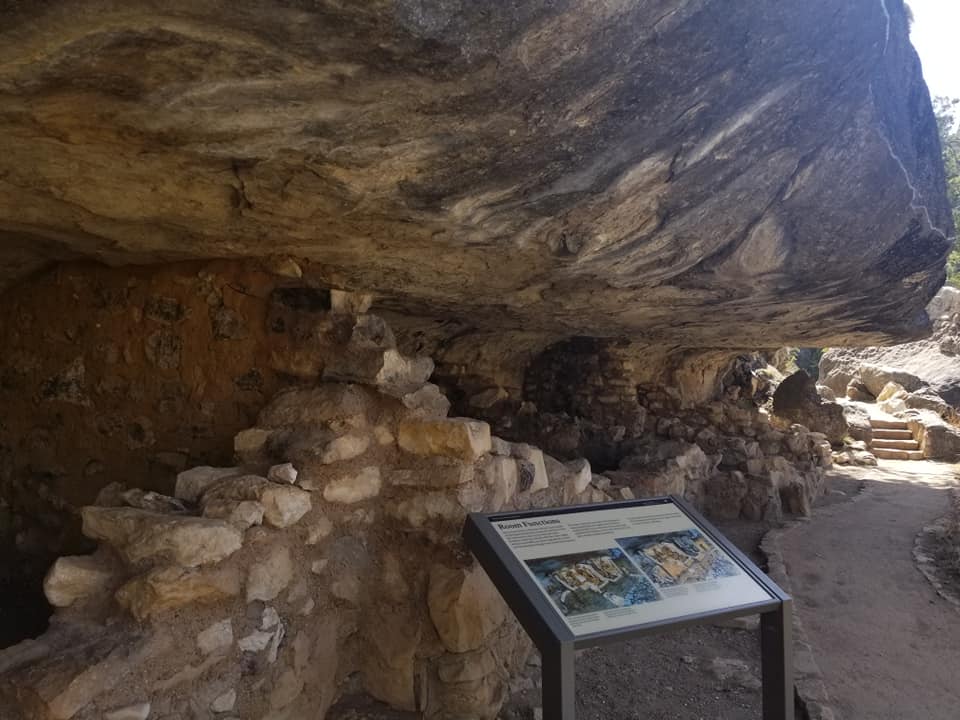




Leave a Reply